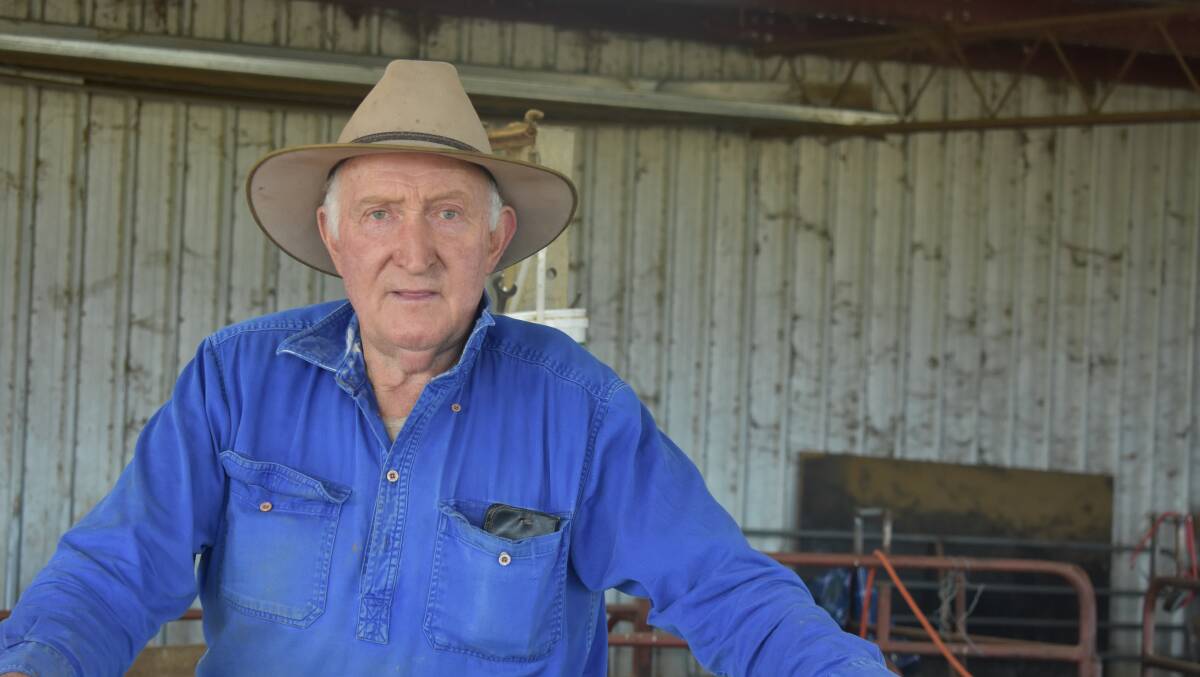
The cost of wages and contract services for sheep and beef enterprises could be as high as 35.5 per cent of famer's total spending, according to leading agri-analysts episode3.
Analysts Matt Dalgleish and Andrew Whitelaw broke down data on farm costs provided by agricultural consultancy firm Agrista.
Mr Dalgleish said he and Mr Whitelaw had often raised their concerns about the cost of labour, difficulties in finding workers and ever-increasing farm input costs, such as fertiliser.
"Data showing average on farm proportional costs for beef, prime lamb and wool producing farms across Australia highlights that labour costs and fees spent on contract services, such as shearing and crutching, feature as significant cost items in the farm budget," Mr Dalgleish said.
For a beef enterprise, wages and contract services averaged around 26.0 per cent of total farm costs.
Running a prime lamb or wool operation saw the addition of shearing and crutching costs blow the total labour spend out to 35.5pc.
"Across all livestock enterprise types (beef, prime lamb and wool producing farms combined) fertiliser is the fourth costliest spend, at around 8.5pc of total on farm costs, on average," Mr Dalgleish said.
Filtering the data to compare prime lamb enterprises to wool enterprises individually showed some variation in cost proportions across the two enterprise types, he said.
An average prime lamb enterprise spent about 17.3pc on wages, 11.9pc on shearing/crutching costs and 5.7pc on other contract services. An average wool producing farm spent about 20.4pc on wages and 13.3pc on shearing/crutching costs.
Read more:
The data was confirmed by sheep producer Peter Holmes, Badaginnie, and Leone Ryan, Pyalong, who turns off weaner cattle.
Mr Holmes found increased prices were exacerbated when he brought 1200 head of sheep last year with the intention of increasing his production - "and I managed to buy in some lice and footrot too.
"I've had several lots of inspecting sheep feet, I've turned them all over twice, and I think we've got rid of the footrot," he said.
He said the lice had been more persistent but were now just about "beaten".
"The worms, last year, were horrendous as we didn't have a good dry spell to get rid of them," he said.
That issue had also now been cleaned up but lambing was about to start and the ewes were being fed barley.
"All in all, it's not a very rosy picture, with the lamb price going down," he said.
It was the first time he had brought the pests and diseases onto the property.
"I think we are going to have to look at our biosecurity plan and anything that comes in will have to be put through the footbath. when it comes off the truck," he said.
"It's just been a shocking year - the La Nina didn't help, when our sheep were lambing we had floods go across our place, completely inundating all my lower country on several occasions," he said.
Berry's Creek lamb producer Michael Bracecamp said he he used casual workers to help with his 1100 head cross-bred flock but paid staff "a bit more.
"It has gone up, shearing costs have gone up - just wages - due to shortages.
"They know they can command a bit more money, as there are not that many of them around."
Mr Bracecamp said as a breeder of cross-bred sheep, there was little return from the wool.
"That's the other thing, you are not getting much for your wool," he said.
"Drenching cost and fertiliser are a bigger cost factor - but you just go and buy your drench, as you have to have it," he said.
Pyalong beef producer Leone Ryan said she had spent "thousands and thousands" more on fertiliser, adding to other high bills for fencing and pasture renovation.
"The major one I would have spent on wages would be fencing and a lot of that is because I was making more money, I spent more money on it.
"Every better fence I get is fantastic - I have been sowing paddocks and the fertiliser cost is huge."
In the last few years, the cost of seed had also gone up enormously.
"You can't do these exercises without doing them properly, but in a paddock I sowed last year the extra rain meant the growth was phenomenal.
"The phalaris was up to the top of the fence."
Mr Ryan said she had 60 cows with winter drop calves in the paddock since December and they still had a month or two of feed before them.
"When you look at it that way, what I produce far outweighs the cost," she said.
Sowing a paddock meant it was lost to the operation for about two years - but the quantity of feed was "stunning."
She said this year's weaners weighed 400 kilograms, at eight or nine months, which was the best the property had ever seen.
But Mr Dalgleish said it wasn't all bad, when it came to fertiliser costs.
"Global gas prices are in retreat and this means that at least on a overseas basis, fertiliser prices are also declining," he said.
Mr Dalgleish said the global price of urea in the Middle East had come under considerable pressure since the start of 2023, dropping to A$645/mt on average for the month.
At the same time last year it was priced at A$1090.
"The big question now is whether the current fall in the global fertiliser price will be passed onto local producers and how long the price adjustment will take, as historically price declines for fertiliser have been rather slow to show up in local prices," Mr Dalgleish said.
- Subscribers have access to download our free app today from the App Store or Google Play


